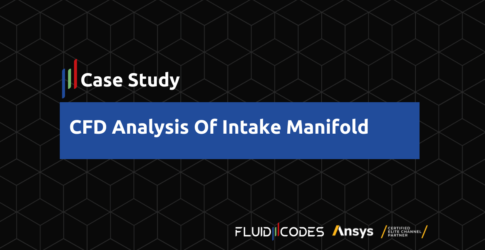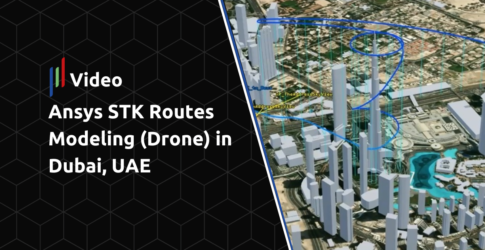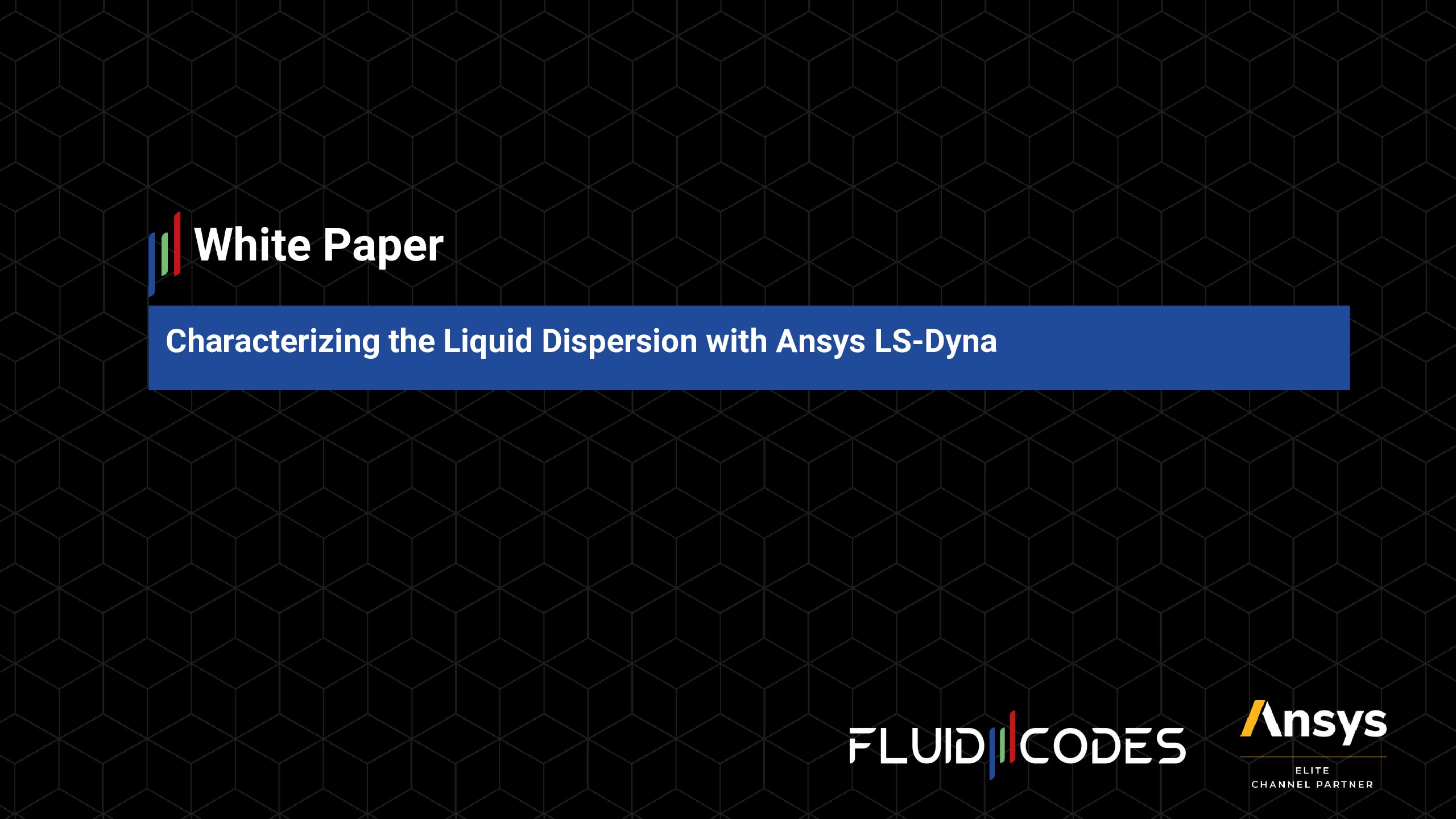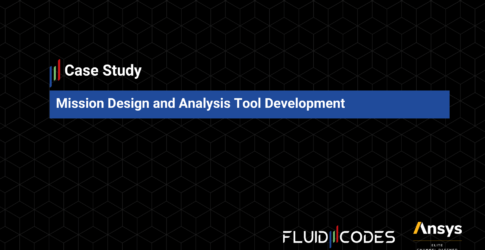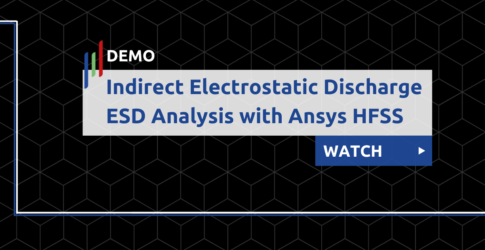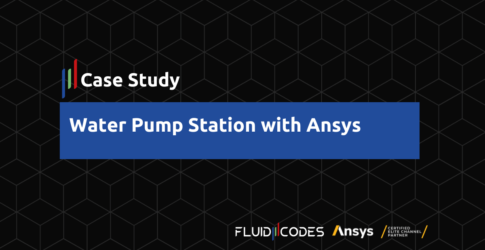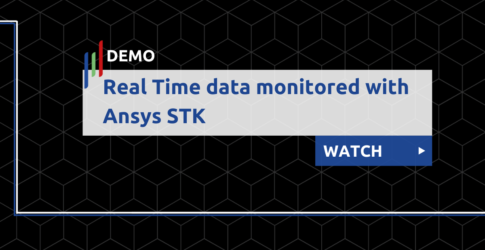Advances in computational methods have brought science-based analysis to mixing design. Once considered more art than science, mixing today is an important unit process in many industries. Engineering simulation for material and chemical mixing Software from ANSYS can be applied as an integrated component of the computer-aided engineering process to help perform complete virtual prototyping, helping process equipment designers and mixing engineers to understand, predict and improve the performance of mixing equipment in diverse mixing applications. The efforts combine to increase product and process quality, enhance vessel performance, reduce waste, and drive down operating costs, as well as improve overall performance and product uniformity.
Today, a wide range of applications — including scaleup, solid suspension, heat transfer, reaction and fermentation — can be modeled using ANSYS engineering simulation for material and chemical mixing. The well-established CFD for mixing and FEA for structural design of mixing vessels as well as ability to model thermal and electromagnetic in an integrated multiphysics capabilities of the technology enable engineers to model many aspects of the structural mechanics of a mixer, including shaft vibration, upset conditions, structural forces, the design of gears and shafts, and power reduction, ANSYS electronic software is used for electromechanical applications, electronic components and control systems. Customized mixing simulation tools evaluate key mixing parameters — such as blending time, circulation and the power number in agitated mixing vessels — for any configuration of impellers, mixing conditions, shaft orientations and vessel geometries.
ANSYS is dedicated to helping engineers better understand mixing applications. This commitment has resulted in mixing-centric advancements, such as a mixing-specific intuitive graphical user interface, as well as a set of advanced models that account for particle dispersion, complex impeller rotations, the resolution of micro- and misso-mixing scales, complex rheology, and non-Newtonian fluid analyses for creeping or highly viscous flows.
Today, process engineers all over the world are using engineering simulations for material and chemical mixing from ANSYS to meet their varied mixing needs in a wide variety of applications.
- Blending
- Cell culture growth
- Crystallization
- Emulsion
- Fermentation
- Gas dispersion
- Gas sparging
- Glass-lined reactor systems
- High-shear mixers
- Hydrogenation
- Jet mixers
- Laminar mixing
- Liquid–liquid mixing
- Food mixing
- Mixing vessel design (for example, tank shape, impeller type, baffling level)
- Polymerization
- Residence time distribution
- Scaleup
- Solids suspension
- Static mixers
- Water treatment







